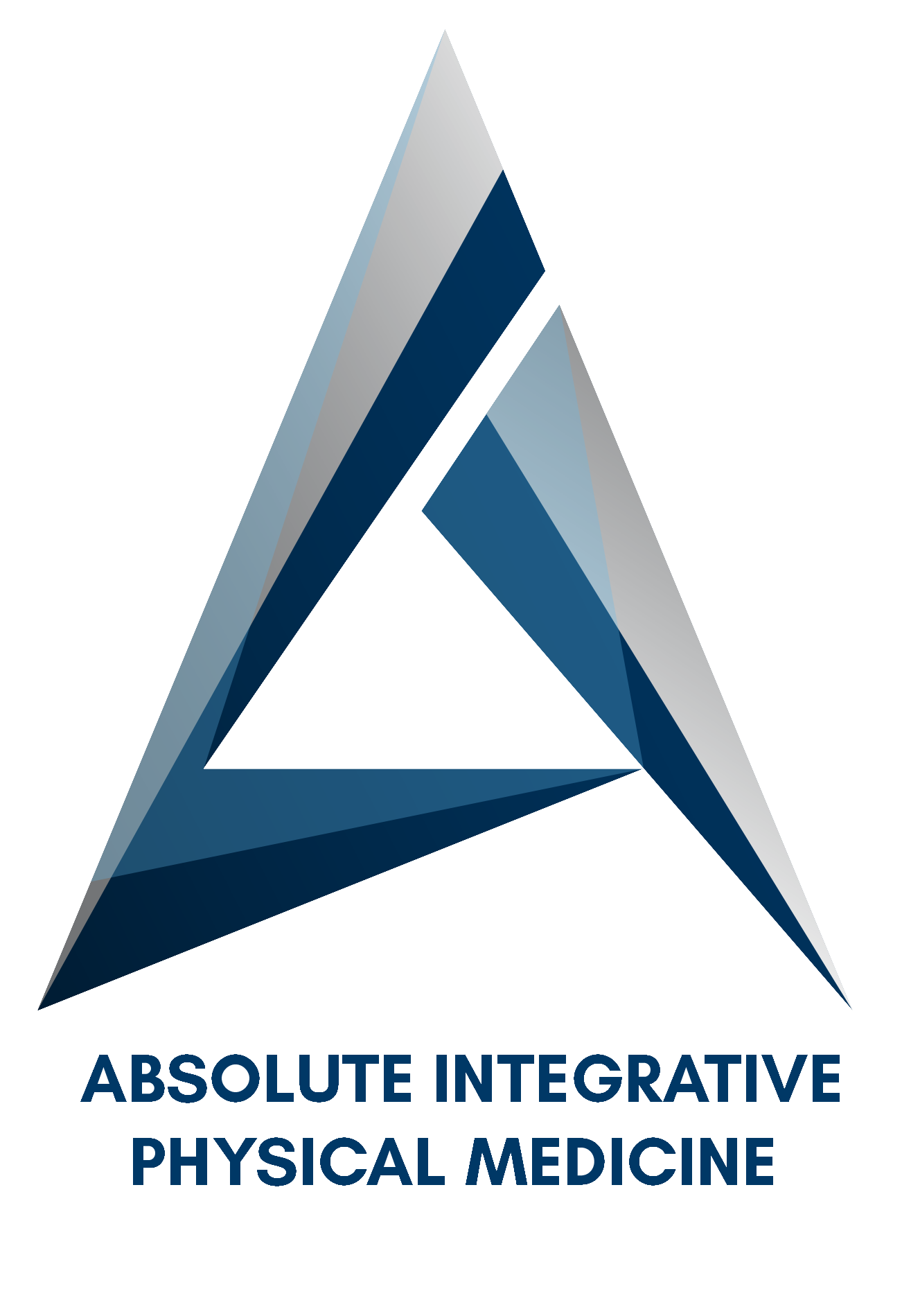Introduction
Arthritis is one of the most common causes of chronic pain and mobility issues, affecting millions of people worldwide. From aching knees to stiff fingers, arthritis symptoms can make even simple tasks like climbing stairs or opening a jar difficult. While medications and surgery are often used, more patients are exploring alternative and complementary treatments to manage pain.
One therapy that’s been gaining attention is cold laser therapy — also known as low-level laser therapy (LLLT). But does it really help with arthritis pain? Let’s dive into what the science says, how it works, and whether it may be the right choice for you.
What Is Cold Laser Therapy?
Cold laser therapy uses low-level light energy to stimulate healing in the body. Unlike surgical lasers, which cut or cauterize tissue, cold lasers operate at a low wavelength and intensity. This means they don’t heat up or damage tissue — hence the term cold.
During treatment, a handheld device emits light energy into the skin. The light penetrates tissue, interacts with cells, and stimulates natural healing processes such as reducing inflammation, improving circulation, and supporting tissue repair.
How Cold Laser Therapy Works for Arthritis
- Reducing Inflammation: The laser light stimulates cellular activity, helping to decrease inflammatory chemicals in the joint. This can reduce swelling and tenderness.
- Improving Circulation: Better blood flow brings oxygen and nutrients to damaged tissues, supporting natural repair and easing stiffness.
- Stimulating Cellular Repair: At the cellular level, light energy influences mitochondria — the “powerhouses” of cells — to boost energy production. This helps tissues repair faster.
- Pain Reduction: Studies suggest that cold laser therapy triggers endorphin release and reduces nerve sensitivity, leading to pain relief.
What the Research Says
Osteoarthritis: Research shows that patients with knee osteoarthritis often report reduced pain and improved function after multiple cold laser therapy sessions. Some studies found improvements similar to those seen with nonsteroidal anti-inflammatory drugs (NSAIDs), but without the side effects.
Rheumatoid Arthritis: Results are more mixed, but some patients experience reduced joint swelling and morning stiffness with consistent treatment.
Long-Term Benefits: Cold laser therapy doesn’t “cure” arthritis, but it may provide ongoing pain relief and improved mobility, especially when combined with other treatments like physical therapy, exercise, or chiropractic care.
Benefits of Cold Laser Therapy for Arthritis
- Non-invasive – No surgery or injections required
- Drug-free – Safe for people who want to limit pain medications
- Painless – No discomfort during or after sessions
- Quick sessions – Treatments usually last 5–20 minutes
- Few side effects – Rarely causes irritation or soreness
- Compatible with other treatments – Can be combined with exercise, chiropractic, or regenerative therapies
Possible Side Effects
While cold laser therapy is considered safe, some patients may notice:
- Temporary soreness or stiffness after a session
- Mild skin redness at the treatment site
- Rare headaches or fatigue (usually short-lived)
Unlike surgery or strong medications, side effects are minimal and typically go away quickly.
What to Expect During a Session
- The provider identifies the painful joint (knees, shoulders, fingers, hips, etc.).
- A small handheld laser device is placed directly over the skin.
- The device emits low-level laser light for several minutes.
- The patient usually feels no heat or discomfort.
Most people require multiple sessions to notice significant improvement. A common treatment plan may involve 2–3 sessions per week for several weeks, depending on the severity of arthritis.
Who Is a Good Candidate?
Cold laser therapy may be helpful if you:
- Have osteoarthritis or mild-to-moderate rheumatoid arthritis
- Want to reduce dependence on pain medication
- Prefer non-surgical treatment options
- Experience stiffness, swelling, or chronic joint pain
- Are combining therapies for better results (e.g., chiropractic, physical therapy, or regenerative medicine)
It may not be suitable for people with active cancer in the treatment area, certain infections, or those who are pregnant (without medical clearance).
Cold Laser Therapy vs. Other Arthritis Treatments
| Treatment | Comparison |
|---|---|
| Medication | Provides quick relief but may cause side effects. Cold laser avoids drug risks. |
| Surgery | Effective but costly and requires recovery. Cold laser is non-invasive. |
| Physical Therapy | Improves mobility and strength, works even better with cold laser. |
| Regenerative Medicine | PRP or stem cell therapy repairs tissue. Cold laser complements by reducing inflammation. |
Cold Laser Therapy in Vacaville, CA
If you’re searching for arthritis pain relief in Vacaville or nearby Fairfield, many patients turn to wellness centers and chiropractic clinics that offer advanced non-surgical treatments like cold laser therapy.
At Absolute Integrative Physical Medicine, we provide therapies tailored to arthritis pain management, combining cold laser therapy with functional medicine and holistic care to improve results.
Frequently Asked Questions
- Does cold laser therapy actually work for arthritis?
Research supports pain reduction and improved mobility for many arthritis patients, especially those with knee osteoarthritis. - How long do results last?
Relief can last from days to months. Consistent sessions are often needed for long-term results. - Is it covered by insurance?
Some plans may cover it, but many consider it alternative care. Clinics often provide affordable packages. - Can I combine cold laser with other treatments?
Yes! It pairs well with chiropractic care, physical therapy, exercise, and regenerative medicine.
Final Thoughts
Cold laser therapy offers an exciting, non-invasive option for people living with arthritis pain. While it won’t cure arthritis, it can help reduce pain, improve mobility, and support better quality of life — especially when used alongside other treatments.
For those in Vacaville, California, exploring cold laser therapy at a trusted clinic may be the next step toward managing arthritis without heavy reliance on drugs or surgery.
Connect with Us
Ready to find relief? Don’t wait any longer—reach out to us and lock in your appointment.


